Inspired by Missmagicgirl´s monthly wrap up post, where she lists her favorite events and memories from a previous month, it is my ambition to (starting from this month) to feature a similar monthly wrap up here at Ruby Soup. The wrap up will cover books, comics, movies, activism and all sorts of fun news from the previous month. With no further ado, let´s get started.
1.Favorite Activist Moment: Protesting Torture in Mexico with Amnesty International.
A former fellow activist (who I had worked with previously in a University based Amnesty group) posted on social media that she was going to attend a protest about the torture of civilians by the military in Mexico. After asking if I could participate, and despite living in Stockholm, I jumped on a train and went up to Uppsala (it´s about 30-60 minutes away from Stockholm). The event was a mash up of protest walking, with activists (including me) brandishing signs stating ”Stop torture” and ”Stop torture in Mexico”, while others dressed up as military folks or their (through fake rope, chains and make up) tortured victims. We marched for about an hour and 15 minutes. Some of the activists asked onlookers to sign Amnesty´s petitions that would be sent to Mexico´s authorities. The activist group was friendly, and the protest was very fruitful. We got five pages of signatures.

2. Favorite Graphic Novel: ”All My Darling Daughters” by Fumi Yoshinaga.
This one-shot manga is written in a series of short story form. All of the stories follow a woman and the friends and family around her. The manga is melancholy, at times bittersweet, at times gloomy, exploring the ways that life can go wrong. “All my darling daughters” begins with a woman who, convinced that her mother’s new husband (who is young enough to be our heroines younger brother) is conning her mother, decides to leave the family home. Other stories follow the woman´s sister, who is struggling to find a husband to avoid the stigma of being ”too old to marry” (it is hinted that she may be asexual); the protagonist´s male friend who accidentally gets involved with a student who suffers from severe low self-esteem and a former class mate who is heartbroken to see his female friend become more and more disillusioned, loosing her ambition for independence. ”All my darling daughters” shows life at its most uncomfortable, most unresolved and most frightening. The subject of abuse (emotional, physical and even sexual) is intertwined with the themes of power, relationships and family. The manga gives us candid depictions of the limited working options given to women and unequal division of labor. In fact, many of the female characters express frustration regarding the sexist double standards women face in the work place, like being dismissed as unqualified solely due to gender, as well as the injustice of the wage gap. The occasional humor is pitch black and the human interactions captivating. Along with the question of gender, the manga also explores mother-daughter relationships with a complex look at human psychology. Despite the stories often leaning towards a depressing angle, the reader will most likely have quite the difficulty putting this manga down.

3. Favorite Film:”Spotlight”, directed Thomas McCarthy.
This Oscar nominated film, based on a true story, follows the whistle-blowing of the systematic cover-up in the Catholic Church regarding the sexual abuse of adolescent and pre-adolescent boys and girls suffered at the hands of priests. While perhaps not the best of movies dealing with this subject, the film still gives a fascinating look at how journalism works (real life journalist have praised this films accurate depiction), features several accounts of survivors telling their stories and gives some chilling insights regarding child abuse. As one quote from the film states: ”If it takes a village to raise a child, it takes a village to abuse one too”. The acting is great, but the pacing is at times a little slow. Still worth a watch.
4.Favorite TV Moment(s): John Oliver tackles the economic meltdown of Puerto Rico and the journalistic simplification of science, while the wonderful Holly Walker at ”The Nightly Show with Larry Wilmore” nobly rages at sexual assault in the military.
Right now we have golden era for political comedy shows. ”Full frontal with Samantha Bee” is fiercely feminist and funny. ”Nightly show with Larry Wilmore” discusses politics and race in a honest dialogue while having a diverse cast of correspondents, with four kick ass women being part of that cast. ”Last week with John Oliver” is hilarious, while giving American TV a much needed international lens. I myself try to watch as many episodes of all these series. The ”Last week” episodes mentioned, that tackled the economic meltdown of Puerto Rico, saw many hospitals and schools having to be shutdown. Oliver went thoughtfully through the issue, and ended the subject with a actual live performance of Lin-Manuel Miranda who has written and directed ”Hamilton”, who himself has Puerto Rican parents. Oliver also discussed how science, through click-bait culture, has been made misrepresented and belittled into more of a headline than the complex field that it is. With a fun parody of Ted-talks to top it off.
Holly Walker, one of the most energetic correspondents on “The nightly show”, took the viewer through a sketch on how infuriating the lack of action around sexual assault in US armies is. It was short, but fun. Holly Walker, just by her sheer presence, is smashing the erasure of middle aged women of color in mainstream media.

5.Favorite Novel: ”Florian Knol” by Guus Kuijer.
This children´s novel tells the story of 10-year old ginger Florian, who one day has a bird suddenly land on his head. The next day he meets Katja, an big and tall girl who goes to the same school, who confesses her love to him. The duo later bumps into an old woman who can´t find her key (which she calls a ”fork”) and has only one shoe on despite being out in the streets. The pair decide to help the woman in secret, but things get out of hand when Florian has to juggle his indecision with dating a bigger, taller girl, his parents constant fights and keeping the old woman’s increasingly severe Alzheimers disease unknown to the adults who they fear would send her to an alienating retirement home. A tragicomic novel that addresses aging and anxieties of oneself in a clear, hopeful way that also has a colorful cast of characters. Recommended.

There´s my month. How was your month, dear readers?





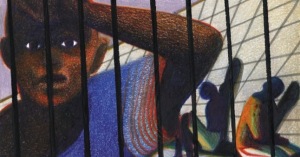
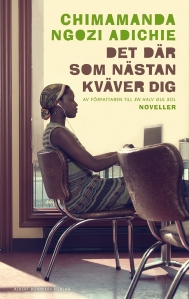


















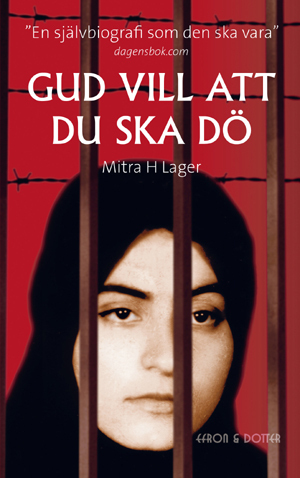





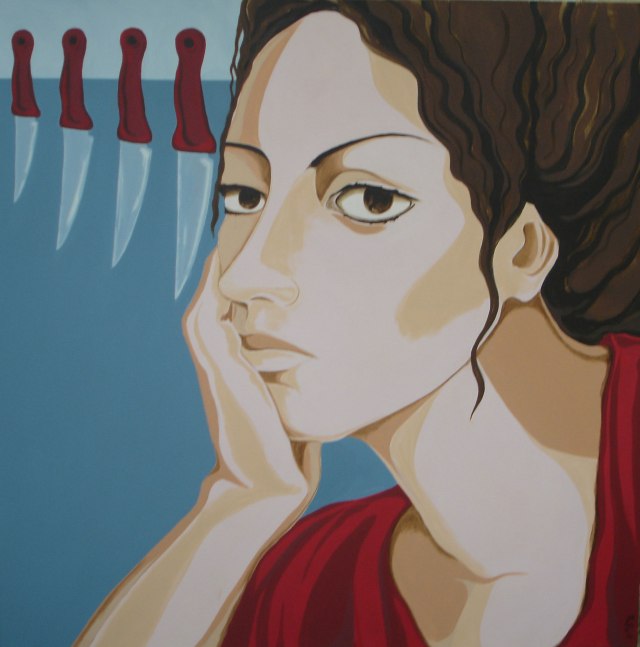






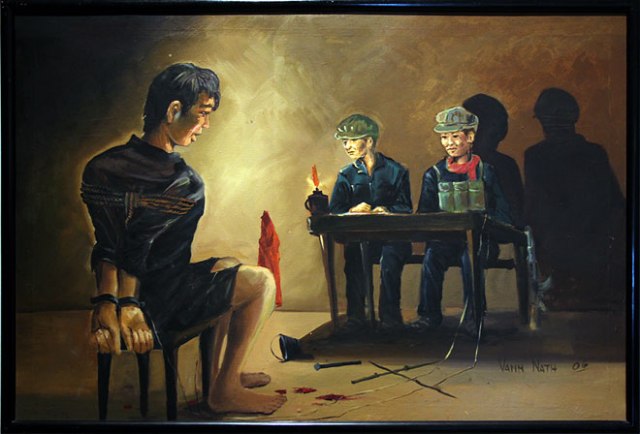


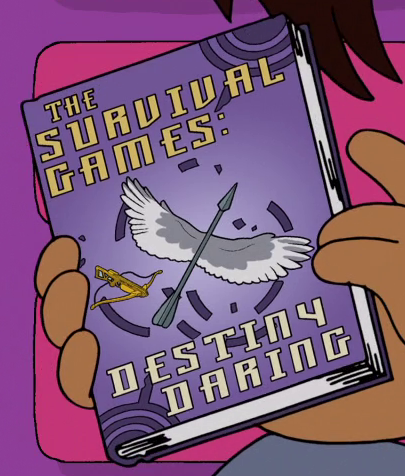


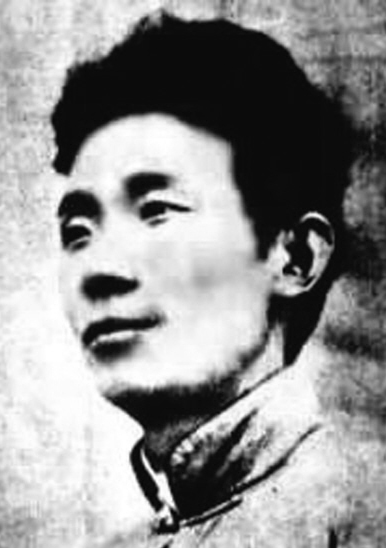



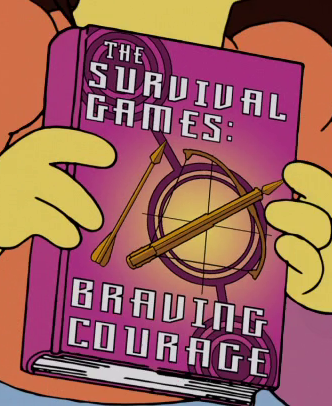
Happy Black History Month!: Reading Recommendations
Today is the last day of Black History Month! In Honor of this, here’s some reading recommendations, from comics to novels to poetry.
Normal post will return in March!
Take Care/ Maaretta